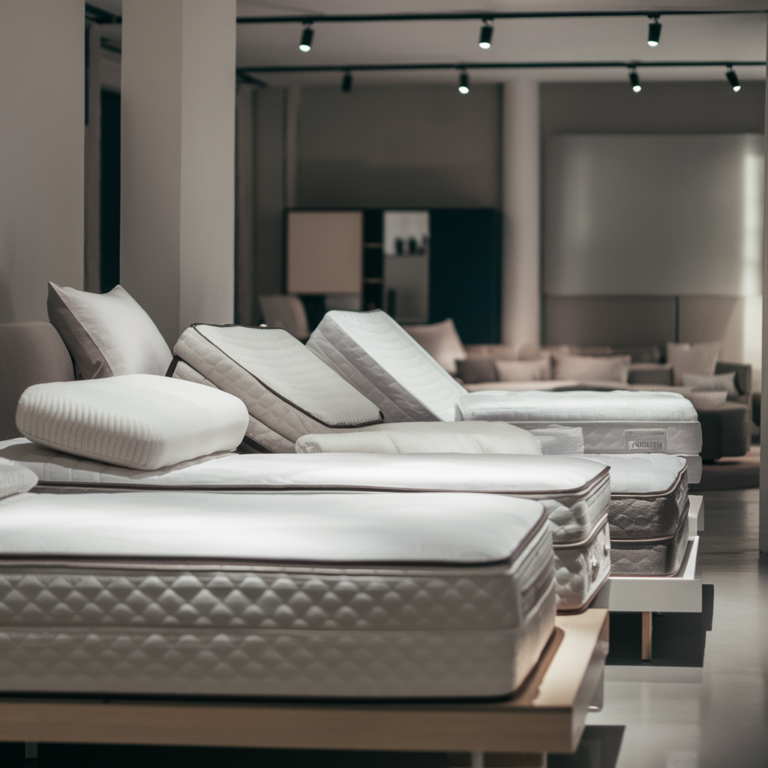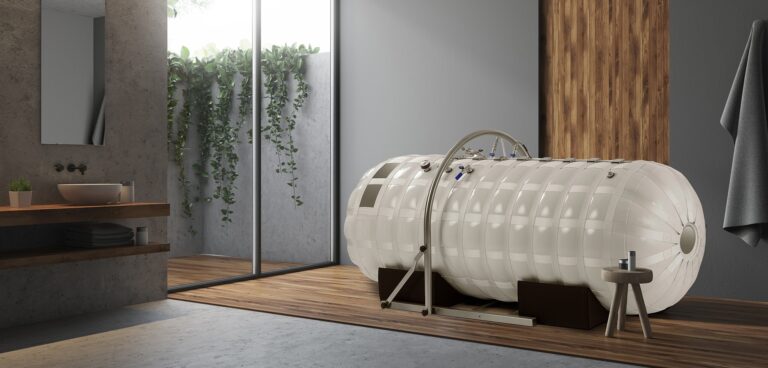The mattress you sleep on is more than just a rectangular block of fabric and foam. It’s the result of meticulous design, innovative materials, and advanced manufacturing processes, all working together to deliver a product that supports your sleep and overall health. But have you ever wondered how a modern mattress comes to life? From the initial concept to the final product, the journey of creating a mattress is a fascinating blend of science, art, and engineering.
The Birth of an Idea
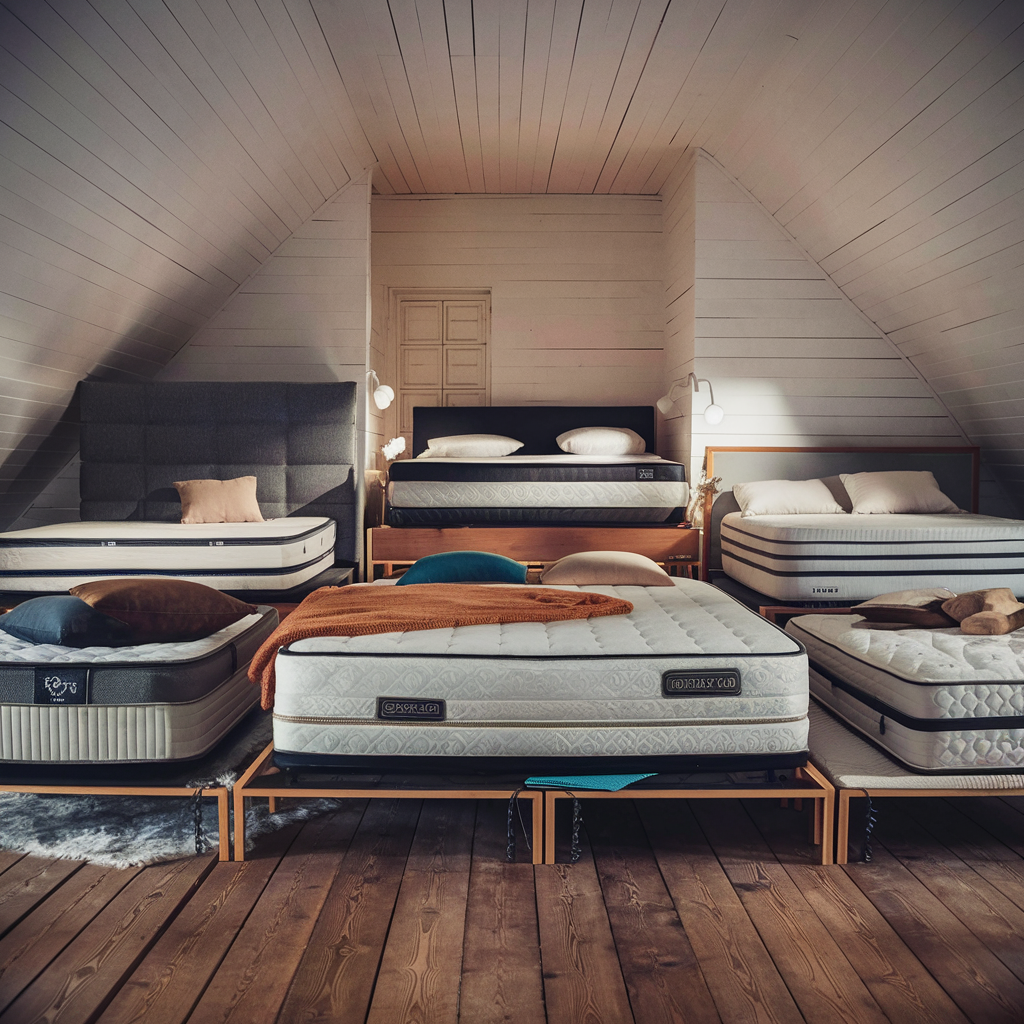
Every modern mattress begins with a concept. Designers and engineers work together to create a mattress that meets specific needs, whether it’s enhanced support, temperature regulation, or eco-friendly materials. The process starts with identifying the target audience and their unique requirements. For instance, a mattress might be designed for people who sleep hot, suffer from back pain, or prefer a more eco-conscious product.
During the concept phase, the design team also considers the market trends and emerging technologies. They explore different materials, from memory foam to natural latex, and assess their suitability for the intended mattress. The idea is to create a mattress that not only addresses the consumer’s needs but also stands out in a crowded market.
In some cases, the design phase might also include custom bedding options, where the mattress can be tailored to specific preferences, such as firmness levels or material choices. This customization allows consumers to have a more personalized sleep experience, ensuring that the mattress fits their exact needs.
Material Selection and Sourcing
Once the concept is finalized, the next step is selecting the materials that will bring the mattress to life. This phase is crucial because the materials determine the mattress’s comfort, durability, and overall performance. Manufacturers source high-quality materials from reputable suppliers to ensure the final product meets the highest standards.
For memory foam mattresses, the primary material is polyurethane foam, which is known for its ability to contour to the body and provide pressure relief. Latex mattresses, on the other hand, use natural or synthetic latex, which offers a more resilient and bouncy feel. Innerspring mattresses rely on steel coils for support, while hybrid mattresses combine different materials, such as foam and coils, to create a balanced sleep surface.
In addition to the core materials, the mattress cover is another essential component. Covers are typically made from fabrics like cotton, polyester, or a blend of both. Some covers also include cooling technologies, such as gel-infused fibers, to help regulate temperature and keep the sleeper comfortable throughout the night.
Prototyping and Testing
After the materials are selected, the next step is to create a prototype of the mattress. Prototyping allows designers and engineers to test the mattress’s design and make any necessary adjustments before it goes into full production. This phase is all about refining the product to ensure it meets the desired specifications.
During prototyping, the mattress is subjected to various tests to assess its performance. These tests might include pressure mapping to determine how well the mattress supports different areas of the body, durability testing to see how the mattress holds up over time, and temperature regulation testing to ensure it stays cool throughout the night.
Feedback from these tests is critical in fine-tuning the mattress. If the prototype doesn’t perform as expected, the design team may make adjustments, such as changing the density of the foam or altering the coil count in an innerspring mattress. The goal is to create a mattress that delivers on its promises of comfort, support, and longevity.
The Manufacturing Process
Once the prototype passes all tests and meets the desired specifications, the mattress enters the manufacturing phase. This process involves several steps, each of which is carefully controlled to ensure consistency and quality in the final product.
The first step is cutting the materials to the required dimensions. For foam mattresses, large blocks of foam are cut into individual layers, which are then assembled to create the mattress’s core. Innerspring mattresses require the coils to be arranged in a specific pattern, which is then topped with layers of foam or padding for added comfort.
After the core is assembled, it’s time to encase it in the mattress cover. The cover is sewn together and then stretched over the mattress, creating a smooth, finished surface. Some mattresses also include additional features, such as handles for easier maneuvering or reinforced edges for added durability.
Quality control is an integral part of the manufacturing process. Each mattress is inspected to ensure it meets the required standards for size, shape, and performance. Any defects are identified and corrected before the mattress is packaged and prepared for shipment.
Sustainability and Innovation
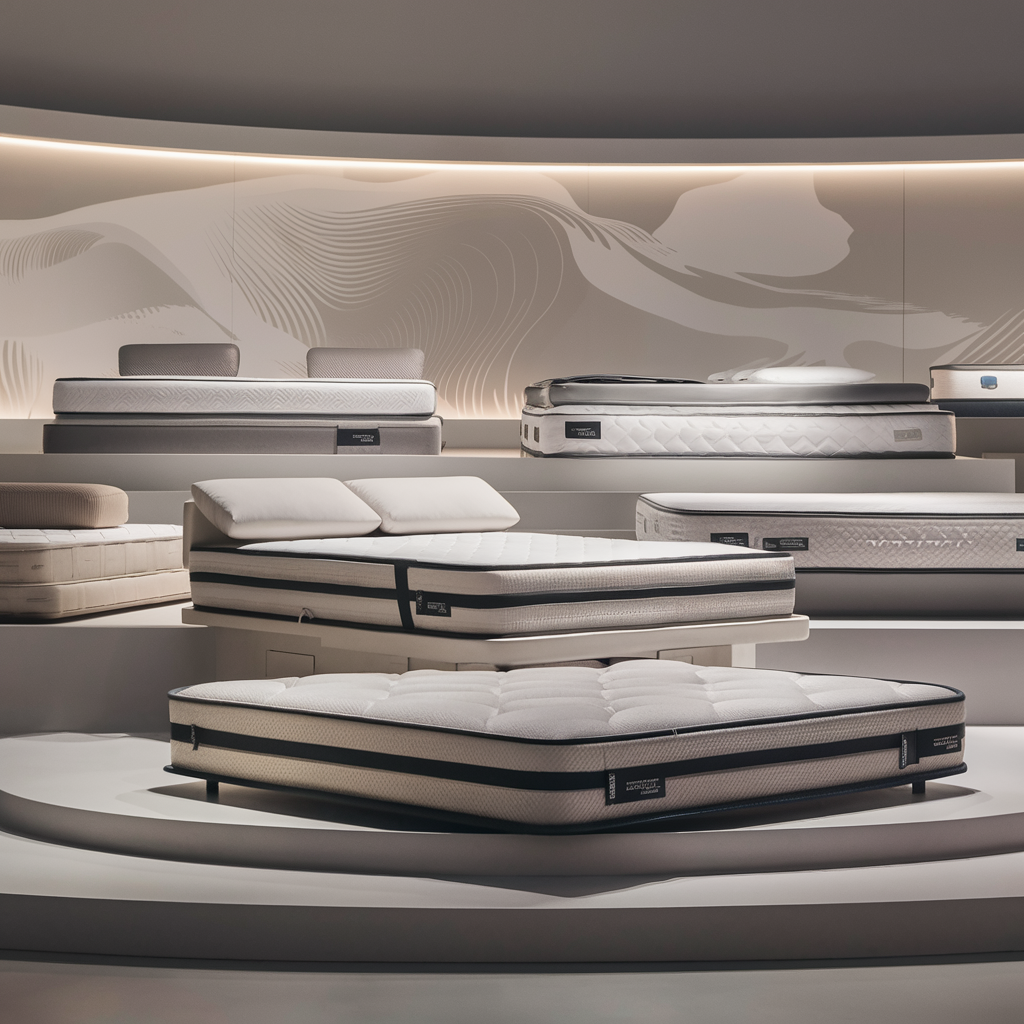
In recent years, sustainability has become a significant focus in the mattress industry. Manufacturers are increasingly looking for ways to reduce their environmental impact, from using eco-friendly materials to implementing more energy-efficient production processes.
For example, some companies have started using organic cotton and natural latex in their mattresses, which are sourced from sustainable farms. Others are exploring the use of recycled materials, such as polyester made from recycled plastic bottles, for their mattress covers. These efforts not only help protect the environment but also appeal to consumers who are looking for more sustainable options.
Innovation also plays a crucial role in the evolution of modern mattresses. Advances in material science have led to the development of new types of foam that offer better support and durability. Cooling technologies, such as phase-change materials and gel-infused foams, have also become more common, helping to address the issue of overheating during sleep.
From Factory to Bedroom
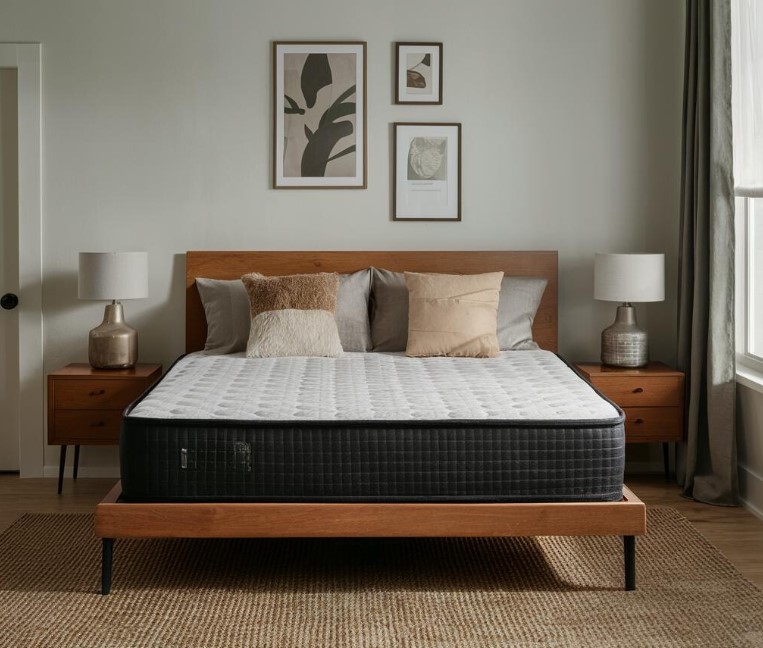
After the mattress is manufactured and passes all quality checks, it’s time for it to be shipped to retailers or directly to consumers. For many modern mattresses, this means being compressed and rolled into a box for easy transport. The rise of the “mattress in a box” concept has revolutionized the industry, making it more convenient for consumers to receive and set up their new mattress.
Once the mattress arrives at its destination, it’s time for the final step: setting it up in the bedroom. Unboxing a mattress can be a surprisingly satisfying experience, as it quickly expands to its full size after being removed from the packaging. After allowing the mattress to air out and fully expand, it’s ready to provide a comfortable and supportive sleep surface for years to come.
Related Posts:
- 20 Best Gaming Headset Under 50$ 2024 - for PC, PS4,…
- 15 Best Shoes for Jumping Rope 2024 - Maintain a…
- Top 16 Best Office Chair Covers 2024 - Chair…
- 10 Best Climbing Harness of all Time 2024 - Opinion…
- Are Mattress Toppers a Waste of Money - 2024 Guide
- Top 10 Best Office Chair Under 200 2024 - Ergonomic…

